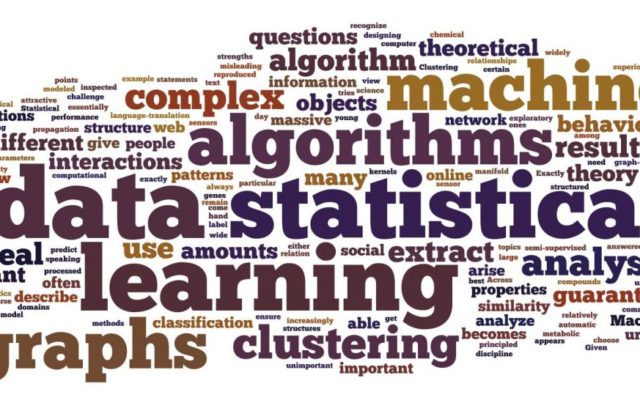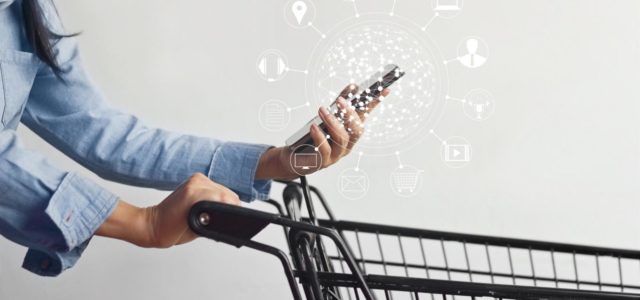Potential applications in Procurement? A lot… In any activities requiring data analysis and data crunching! Here are a couple of examples and thoughts.
Masterdata management (MDM).
Without giving too many details, I am currently helping a customer, a Procurement organization, on its Procurement taxonomy. As part of this collaboration, we are faced with a lot of records that we need to assign to a material group / commodity code. Classifying things into broader categories is an activity where machine learning can be very efficient; especially if humans and computers work together. It’s called assisted learning:
- people help computers by teaching them how to categorize,
- people correct the potential mistakes done by the computer.
Each human intervention is an occasion for computers to learn and refine their work. Here is an example:
Great stuff for ETL activities in MDM!
Decision-making process
This is more the domain of big data analytics, that is the ability to analyze and present in a meaningful way lots of data records / data points. Performing a spend analysis based on more (quantitative and qualitative) data points greatly improves a decision-making process by increasing the facts / data at hands. So does providing, through data, more contextual information. This is especially true if you consider that such decisions are based on data that may not be structured and/or that may reside in various heterogeneous systems.
Predictive analytics
This is where big data and machine learning can join forces. The idea is to analyze a large quantity of data and to identify trends and/or correlations that are not so obvious. The amazing and somehow scary thing is that computers can exceed humans in such analysis.
This ability to read / detect trends that are almost not visible has tremendous application in various areas:
- Risk Management
That ability allows you to predict better & anticipate. Be it raw material prices, potential natural disasters, or shortages… An organization that has a clue before the others has an enormous competitive advantage. Another area where big data and machine learning can have a radical impact and that is also related to risk management is fraud detection & prevention.
Think about the mechanisms that banks and credit card companies put in place to detect a potential fraudulent use of your cards or accounts. Then transpose that to the Procurement world. It would enable Procurement to crunch large data sets and detect possible frauds or compliance issues. Then add to that a learning aspect and you have a system that can also detect patterns by learning and being as creative as fraudsters:
- Cost reductions / value increase linked to innovations and breakthroughs
The “old and traditional” manufacturing industry is going through a revolution:
The “Industry 4.0” brings new opportunities in optimizing products, processes, and operations. But these possibilities mostly rely on data collection and analysis. Being able to collect more data points (sensors), to analyze them (big data), and then to turn that into tangible actions & results creates huge opportunities for suppliers. Procurement must not ignore such possibilities. A great example of that is how SKF, a ball bearing company, is making its products intelligent.
New business models and relationships with suppliers
The SKF example has a deeper and greater signification. This is about changing the product industry to a service industry. As demonstrated by the Harvard Business Review, the Industry 4.0 will most probably by characterized by a mutation in business models and relationships. This is also meaningful for Procurement (the buyer).
Suppliers who, in their offerings, will go beyond just delivering a product and provide a service and an experience have to be favored because it means more value for the organization and the end-user. This also means that relationships will be even more intimate and transparent.
Another consequence of the changes in business models and of increased efficiencies, is that where to source from (Procurement) and where to operate (supplier) may be less significant than before. Or let’s say that sourcing/implantation decisions that were primarly based on some costs decisions (labor, energy…) may become less relevant because of optimization possible in the Industry 4.0.
An example is what Jones Lang LaSalle, a professional services and investment management company specializing in real estate, recently wrote regarding warehousing.
Article by channel:
Everything you need to know about Digital Transformation
The best articles, news and events direct to your inbox
Read more articles tagged: Business Model, Featured, Strategy







